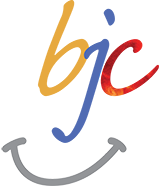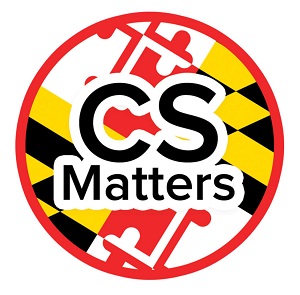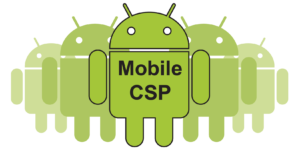New Lesson Materials by Teach Global Impact
Computer Science Solving Problems
Video: An in-depth example of how computer science is used to solve hard problems, in this case in genomic medicine.
detailsExperts at HudsonAlpha Institute for Biotechnology and the Smith Family
Clinic for Genomic Medicine explain how they use software tools to analyze DNA and identify patterns linked to disease. Includes a motivating discussion of how computer science students can apply their knowledge in different fields.
Developed by CSP CS4HS and Alabama Public Television.
Click to see Global Impact videos from individual curricula!
The Basics of Research and Technical Writing
Lesson Plan and Materials: Students learn the basics of technical writing and research. They’ll practice skills including finding good sources, citing properly, and differentiating between quoting, summarizing, and plagiarism. Some specifics are oriented toward the AP CSP Explore Performance Task, but largely a general-purpose lesson.
Developed by CS Matters.
Diversity Makes for Better Solutions
Lesson Plan and Materials: Students explore how unintentional biases in input data or an algorithm’s initial parameters can result in skewed, incomplete, or incorrect results — sometimes with offensive or even dangerous real-world consequences. The lesson includes discussion, readings, an interactive exploration of “The Parable of the Polygons”, and a NetLogo programming exercise.
Developed by CS Matters.
Classroom Simulation: Net Neutrality
Lesson Plan and Materials: Students are each assigned the role of a big player in the net neutrality debate. In preparing for and participating in the simulation activity, students learn about the technical and political dimensions of net neutrality, including the nature of the Internet and why it has been designed the way it has. Students also examine the legal and ethical implications of information sharing.
Developed by Computing in Secondary Schools (CISS) and ReAct Learning.
Association Rule Mining
Activity Guide and Materials: Students apply association rule mining to discover knowledge in a dataset of grocery purchase records and design a store layout, learning about both the underlying concepts of data mining and how knowledge about people’s habits is used to affect those habits in the world. Part of a lesson on Data Mining.
Developed by UTeach CSP.
The Digital Explosion (Expanded Version)
Lesson Plan and Materials: Students read excerpts from the first chapter of Blown to Bits, about the “digital explosion”, and reflect on how computing affects their lives. They explore the ideas from the reading in classroom discussions, a debate about current events, and a journaling activity in which they log their everyday interactions with digital devices.
Developed by Mobile CSP.
Access notes: Accessing the Mobile CSP teacher materials and student-facing web pages requires a simple (automatic) registration process.
Come back for more content in the future!
Teach Global Impact is supporting development of some new lesson materials within the seven contributing curriculum projects. We aim to make sure teachers have a variety of materials to address all of the points under Big Idea 7 (Global Impact) in AP Computer Science Principles. But these resources can be adapted to any classroom, encouraging students to examine how computing interacts with society.








The TGI project is coordinated at the
International Computer Science Institute

Supported by funding from the
National Science Foundation
[disclaimer]
Teach Global Impact content is licensed
by ICSI and the contributing projects under a
Creative Commons Attribution-NonCommercial-ShareAlike 4.0 License.

